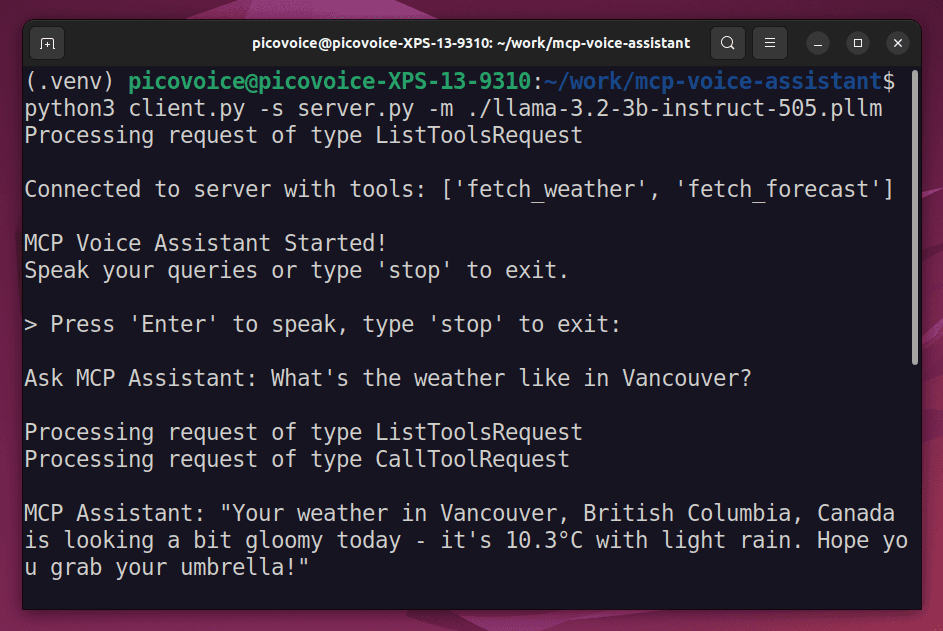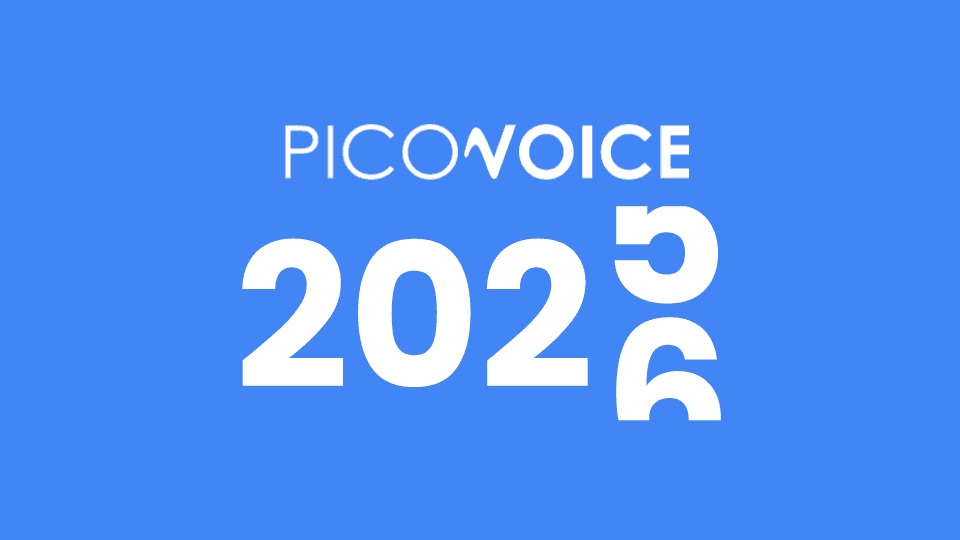66% of consumers still prefer phone support over any other channel. The benefits of running successful call center operations are tremendous, including doubling the shareholder value, yet has challenges.
Interactive Voice Response (IVR) systems help enterprises with call center challenges. An IVR allows customers to interact with a telephone system using their voice. It presents customers with a menu of options to select the service they require by speaking a response or pressing a key. It then provides an immediate answer or routes the call to the relevant department for assistance and improves call centre operations. With the advances in spoken language understanding, the first part of the process has become more natural.
What can an IVR do?
IVR systems have undergone significant advancements since their initial development and are currently utilized to automate uncomplicated procedures, delivering self-service alternatives to callers. IVRs effectively address basic customer requirements and inquiries typically managed by call center agents. Here are several examples of tasks that IVRs can now perform:
- Access account information
- Set or change PINs and passwords
- Retrieve information about product prices, directories, or the status of a support ticket
- Make small payments or transfer funds
- Schedule or reschedule appointments
- Check the status of an order or delivery
- Provide automated troubleshooting assistance for technical issues
- Update personal information, such as address or contact details
- Participate in interactive surveys or customer feedback initiatives
- Provide language selection options for multilingual support.
Benefits of an IVR System
An IVR system provides efficient and automated customer service. It enhances efficiency, productivity, customer satisfaction, operations, and business success.
IVR systems
- Improve customer satisfaction by reducing the wait time
- Reduce the need to speak to a live agent for routine inquiries by allowing customers to access information quickly
- Increase call centre efficiency by automating routine tasks and freeing up agents to focus on more complex or high-priority calls
- Offer an additional layer of security while gathering or checking sensitive information such as account numbers or contact details,
- Provide personal experiences
- Automate data collection and analysis, allowing call centres to generate insights to improve future services and operations.
How to Adopt an IVR System
Explore the caller journey:
A prominent voice AI project pitfall is not working backwards from customers. For a successful IVR system implementation, enterprises should understand the caller's experience and identify specific needs and goals. To achieve this, product teams should inspect recordings and gather feedback from customers and employees. Thus, they can determine which services and features an IVR system should offer. Enterprises can use the insights to improve other processes, e.g. onboarding and self-service solutions.
Evaluate vendors:
After finalizing the requirements, enterprises should research and compare alternatives to find the best solution that fits their needs. They should decide whether to buy, build or open-source, evaluate NLU alternatives and develop a Proof of Concept (PoC).
Build, pilot and implement:
Once the product team gathers feedback for the PoC and refines the requirements, the next step is to build an IVR system. Like any other software project, enterprises should pilot the IVR system before rolling it out for larger audiences. Pilots also help test any integration issues with the existing infrastructure and processes.
Track and iterate:
After implementing the IVR system, enterprises should continue to monitor and evaluate the performance against the goals determined in the first step. With the processes and customer expectations, IVR systems should evolve, too. Enterprises should keep iterating the IVR system to increase its effectiveness and improve the customer experience.
Closing Remarks:
Building an IVR system may sound easy. However, an IVR system that customers like is not. 64% of callers have negative feelings (frustration, stress, anger) towards an IVR system. Accuracy and poor experience design are the root causes of a such poor experience. Rhino, with 98%+ accuracy, handles the first part and lets enterprises focus on understanding callers better.
Start Building






